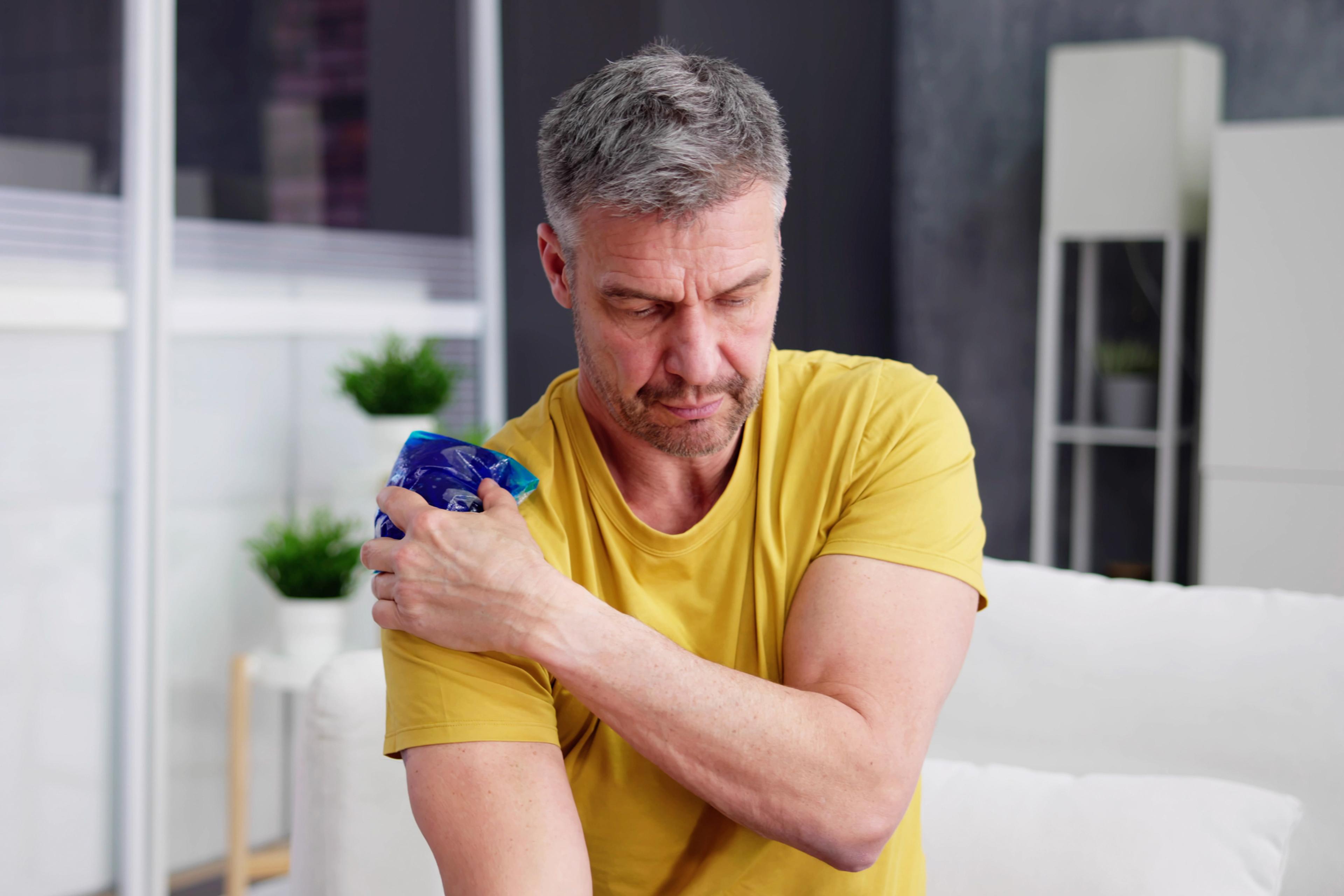Exercising as You Age: Don’t Let These Myths Stop You
| 3 min read

September is Healthy Aging Month, which means it’s a great time to examine the myths that may be holding older adults back from being as active as they could be. Just one out of four people between the ages of 65 and 74 exercises regularly. That means only 25 percent of older adults are getting all of the benefits that come with being active, like strong bones, increased muscle strength, improved balance and coordination and better mood and memory. Read on to see if any of the following myths are holding you back from getting a move on:
Myth #1: Exercise isn’t safe – I could get injured at this age.
Studies show that regular exercise can actually reduce your chances of a fall. That’s because exercise builds up strength, balance and agility. Being fit also helps you fight weak bones and osteoporosis, so if you do fall, you might have less of a chance of breaking a bone. If you’re feeling nervous, start with lower impact workouts such as swimming, aerobic exercise classes, tennis, bicycling slower than 10mph, ballroom dancing or gardening.
Studies show that regular exercise can actually reduce your chances of a fall. That’s because exercise builds up strength, balance and agility. Being fit also helps you fight weak bones and osteoporosis, so if you do fall, you might have less of a chance of breaking a bone. If you’re feeling nervous, start with lower impact workouts such as swimming, aerobic exercise classes, tennis, bicycling slower than 10mph, ballroom dancing or gardening.
Myth #2: Working out too strenuously can lead to a heart attack.
While heart attacks can happen when exercising, the benefits far exceed the risk. In fact, leading a sedentary lifestyle is much more dangerous to your health since it puts you at a higher risk for cardiovascular disease and other conditions. That said, don’t push yourself too hard and stop if you’re experiencing dizziness, trouble breathing or disorientation. It’s also a smart idea to speak with your primary care physician before starting out on a new exercise routine.
While heart attacks can happen when exercising, the benefits far exceed the risk. In fact, leading a sedentary lifestyle is much more dangerous to your health since it puts you at a higher risk for cardiovascular disease and other conditions. That said, don’t push yourself too hard and stop if you’re experiencing dizziness, trouble breathing or disorientation. It’s also a smart idea to speak with your primary care physician before starting out on a new exercise routine.
Myth #3: I’m too busy.
This excuse is used by all age groups and it’s never true. It’s recommended you do 150 minutes of exercise per week, which actually breaks down into small chunks of 20 to 25 minutes of exercise per day. It doesn’t have to be all at once, either. Split it up by taking a 10 minute walk in the morning when you wake up and going on a bike ride at night for 15 minutes.
This excuse is used by all age groups and it’s never true. It’s recommended you do 150 minutes of exercise per week, which actually breaks down into small chunks of 20 to 25 minutes of exercise per day. It doesn’t have to be all at once, either. Split it up by taking a 10 minute walk in the morning when you wake up and going on a bike ride at night for 15 minutes.
Myth #4: I don’t belong in a gym – they’re for the younger crowd.
Walking into a gym full of 20 year olds may be out of your comfort zone, but there are ways to help you feel more at ease. Going in the middle of the day is often less intimidating since the gym will be a lot emptier. You can also seek out gyms that have offerings for seniors or those new to exercising.
Walking into a gym full of 20 year olds may be out of your comfort zone, but there are ways to help you feel more at ease. Going in the middle of the day is often less intimidating since the gym will be a lot emptier. You can also seek out gyms that have offerings for seniors or those new to exercising.
For more information on exercising and older adults, check out these blogs:
Photo credit: Army Medicine





